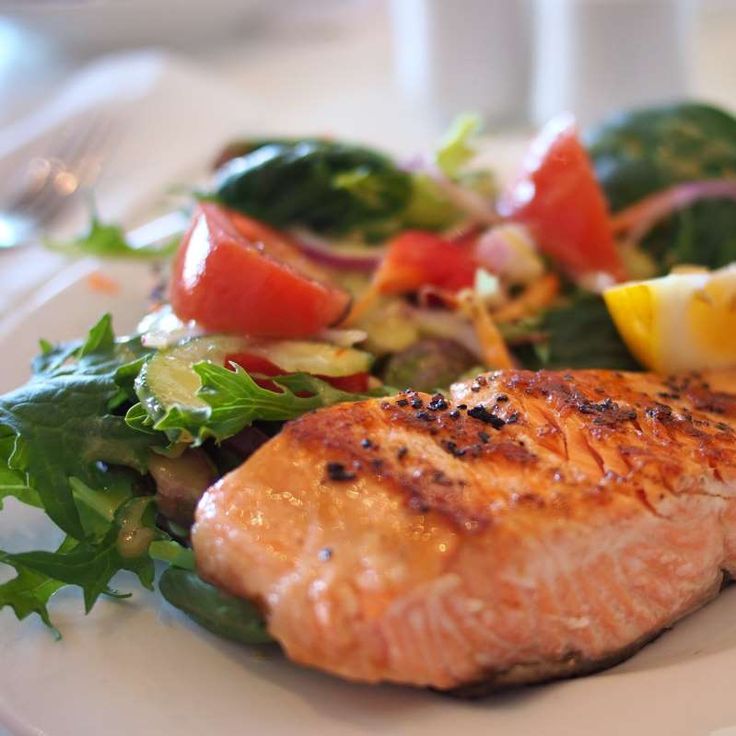|
Maintain a Healthy Diet As You Age By Pierre Mouchette | Bits-n-Pieces Why do nutritional needs change as you age?
As we get older, most of us become less active. It means that we burn fewer calories and need to eat less daily. However, as we age, our ability to absorb many nutrients decreases, implying older adults need the same or more specific vitamins and nutrients. Older adults also develop lower cravings and other obstacles to eating food. So, how should we approach food intake as we age? Focusing on a nutrient-dense diet is now more crucial than ever. What nutrients do you need more of with age? The overall quality of your diet can significantly affect your health as you age. It is essential to target these critical nutrients in your diet:
Must older adults eat more protein? Yes. As adults age, muscle mass and strength decrease, significantly impacting their ability to function independently. Increased protein intake is vital for muscle health. Therefore, older adults will benefit more from a higher protein intake than younger adults. What are the best foods for older adults to eat? Fill your diet with nutrient-dense, healthy options, and consume the following:
The significance of hydration as you age Thirst decreases as adults age, making it comfortable to drink less. As a result, older adults are especially at risk of dehydration, a primary health concern. Caffeinated and alcoholic beverages have a diuretic effect, making you pee more. It is best to consume these drinks only in moderation. Juices are not ideal for hydrating because they have a lot of sugar. Water, non-caffeinated teas, and soups are the best ways to hydrate. The following are some ways to increase fluid intake:
Most of us are familiar with the "8 glasses of water a day" rule. However, not everyone needs the same amount of water. A good rule is to drink enough, so your urine is pale yellow.
0 Comments
Your comment will be posted after it is approved.
Leave a Reply. |
Archives
May 2024
|
